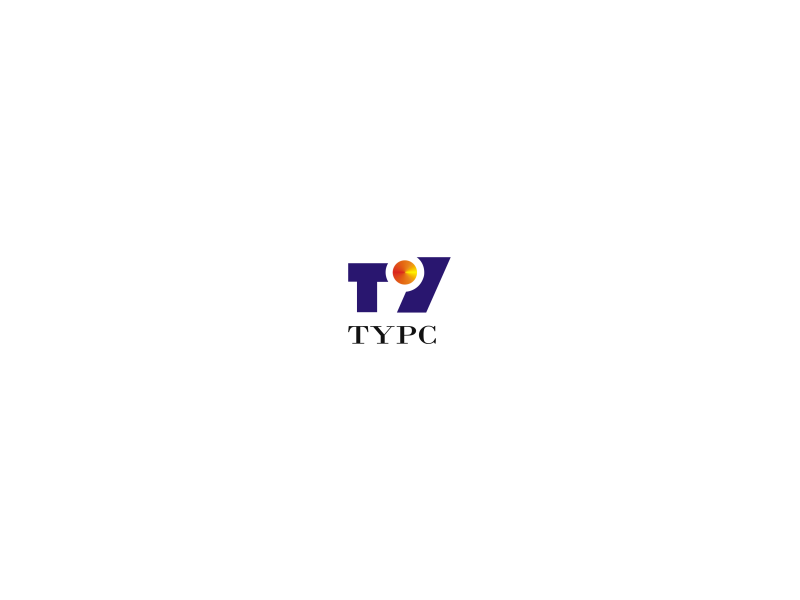2025-11-02
The Rise of Steel Investment Casting: A Game Changer in Manufacturing
What is Steel Investment Casting?
Steel investment casting, often referred to as lost-wax casting, is a method that has been around for centuries but has recently gained significant traction in modern manufacturing. This process involves creating a wax model of the desired part, coating it with a ceramic shell, and then melting away the wax to leave a precise mold. Finally, molten steel is poured into this mold, creating intricately designed components that are both strong and lightweight.
Why Choose Steel Investment Casting?
So, you might be wondering, why go for steel investment casting over other manufacturing methods? Well, let's break it down:
- Precision: The accuracy of steel investment casting is unmatched, allowing for complex geometries and tight tolerances.
- Material Efficiency: Minimal waste is generated, making it an eco-friendly option in today's sustainability-focused market.
- Versatility: It can be used for a variety of applications, from aerospace parts to automotive components.
The Process Breakdown
Ever heard the phrase, “The devil is in the details”? That's especially true in steel investment casting. Here's how the magic happens:
- Wax Pattern Creation: The first step is making a wax pattern of the desired product. This is often done using injection molding.
- Shell Building: The wax pattern is coated with a ceramic material, which hardens to form a shell around it.
- Wax Removal: The shell is heated, causing the wax to melt away, hence the term “lost-wax casting.”
- Pouring Steel: Molten steel is poured into the empty shell, filling the cavity left by the wax.
- Shell Removal: Once cooled, the ceramic shell is broken away to reveal the final steel part.
And voilà! You've got a high-quality steel component ready for use.
Industry Applications
Steel investment casting isn't just a one-trick pony; it's making waves across various sectors:
- Aerospace: Parts that can withstand extreme temperatures and pressures.
- Automotive: Components that require durability without the added weight.
- Medical: Surgical instruments and implants that demand precision.
Each of these fields relies on the unique advantages that steel investment casting offers.
Future Trends in Steel Investment Casting
With the ever-evolving landscape of technology, steel investment casting is poised for exciting advancements. Innovations in materials and processes are streamlining production, reducing costs, and enhancing quality. For instance, 3D printing is making its way into the industry, allowing for faster prototype development and design modification.
Challenges to Overcome
Despite its benefits, steel investment casting isn't without challenges. The initial cost of setting up the casting process can be steep, and there's a learning curve involved. However, as more manufacturers recognize the long-term benefits, the industry is likely to see significant growth.
Conclusion
In a nutshell, steel investment casting is revolutionizing the way we think about manufacturing. With its precision, efficiency, and versatility, it's hard to argue against its rising popularity. So whether you're in aerospace, automotive, or even medical fields, the future looks bright for steel investment casting!









